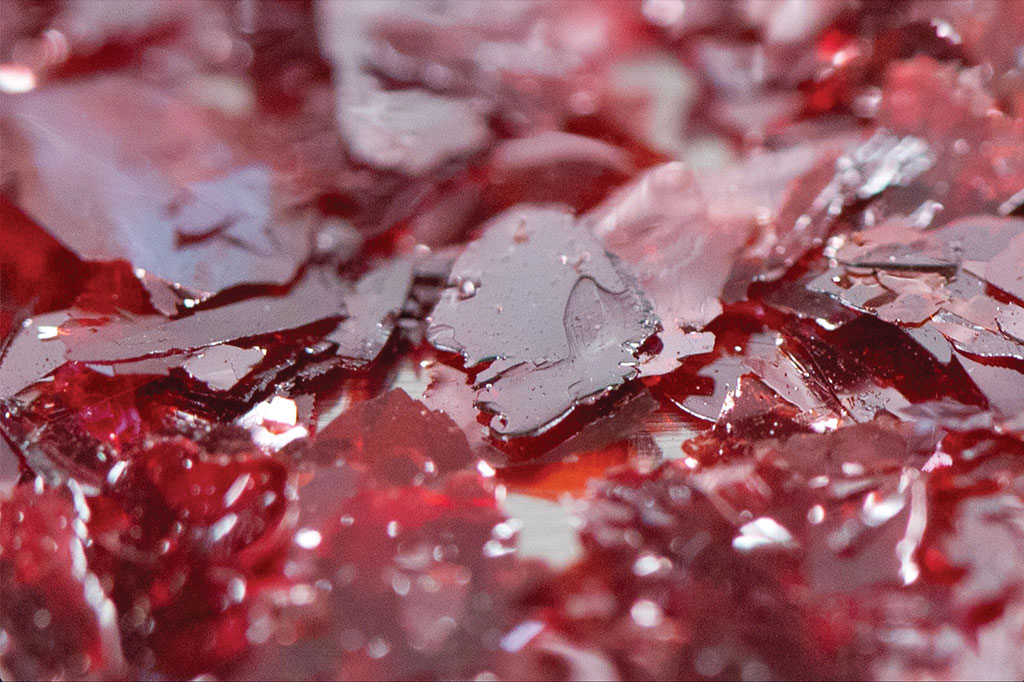Sustainable Solar Cell Material Could Revolutionize Medical Imaging
Posted on 23 May 2023
The use of X-rays for internal body imaging has dramatically changed non-invasive medical diagnostics. Yet, the high dose of X-rays required for these imaging techniques, due to the poor performance of currently used detector materials, can harm patients, even potentially leading to cancer. Now, scientists have discovered that bismuth oxyiodide (BiOI), a material used in solar cells, can detect X-ray dose rates over 250 times lower than the best commercially used detectors. This discovery could make medical imaging safer and pave the way for new non-invasive diagnostics, such as X-ray video techniques.
BiOI is non-toxic semiconductor that absorbs visible light and remains stable in air, qualities that have led to a growing interest in its use for solar cells, photoelectrochemical cells, and energy harvesting to power smart devices over the past decade. Moreover, the presence of two heavy elements – bismuth and iodine – in BiOI facilitates strong X-ray absorption. However, prior attempts to utilize BiOI as X-ray detectors proved ineffective due to substantial energy losses caused by defects resulting from the nanocrystalline nature of the detectors.

A team of researchers, jointly led by the University of Oxford (Oxford, UK) and the University of Cambridge (Cambridge, UK), has developed and patented a scalable vapor-based method for growing high-quality single crystals of BiOI. The low defect density in these crystals facilitated stable and ultra-low dark currents, which significantly improved the sensitivity and detection limit of this material to X-rays. To understand why BiOI functions so effectively as an X-ray detector, the researchers conducted advanced optical techniques to resolve processes taking place over a trillionth of a second and combined them with simulations to link these processes with what is happening at the atomic level.
The collaborative study revealed the unique manner in which electrons couple with vibrations in the lattice. Unlike other bismuth-halide compounds, electrons in BiOI remain delocalized, allowing them to move easily and swiftly within the BiOI lattice. Simultaneously, the unique electron coupling with lattice vibrations leads to an irreversible energy loss channel that would remain even if the material was defect-free. The researchers determined that these losses could be overcome by reducing thermal energy via cooling the sample, or by applying an electric field to separate electrons from the lattice, which aligns well with how X-ray detectors function. By applying a minor electric field, electrons can be transported over a millimeter scale, facilitating the efficient extraction of electrons generated in the single crystals through X-ray absorption.
The study offers valuable insights into how delocalized charge carriers can be achieved in bismuth-halide compounds. The researchers are now focusing on leveraging these insights to develop materials with properties similar to BiOI, and on adjusting the composition of BiOI to further enhance its transport properties. They are also working on increasing the size of BiOI detectors while maintaining the exceptional properties of single crystals in order to deliver the unique benefits of BiOI to society.
“We have developed BiOI single crystals into X-ray detectors that work over 100 times better than the current state-of-the-art for medical imaging,” said Robert Hoye, Associate Professor of Inorganic Chemistry at Oxford, who led the work. “BiOI is nontoxic, stable in air, and can be grown cost-effectively and at scale. We are very excited by the potential BiOI has to make the next generation of non-invasive diagnostics more accessible, safer, and more effective.”
“Showing that these simply-processed, low-temperature grown, stable crystals can give such high sensitivity for X-ray detection is quite remarkable,” added Judith Driscoll, Professor at the University of Cambridge and co-lead on the work. “We began working on this material, BiOI, several years ago, and we find it outshines other rival materials in a range of optoelectronic/sensing applications, when toxicity and performance are considered together.”
Related Links:
University of Oxford
University of Cambridge













